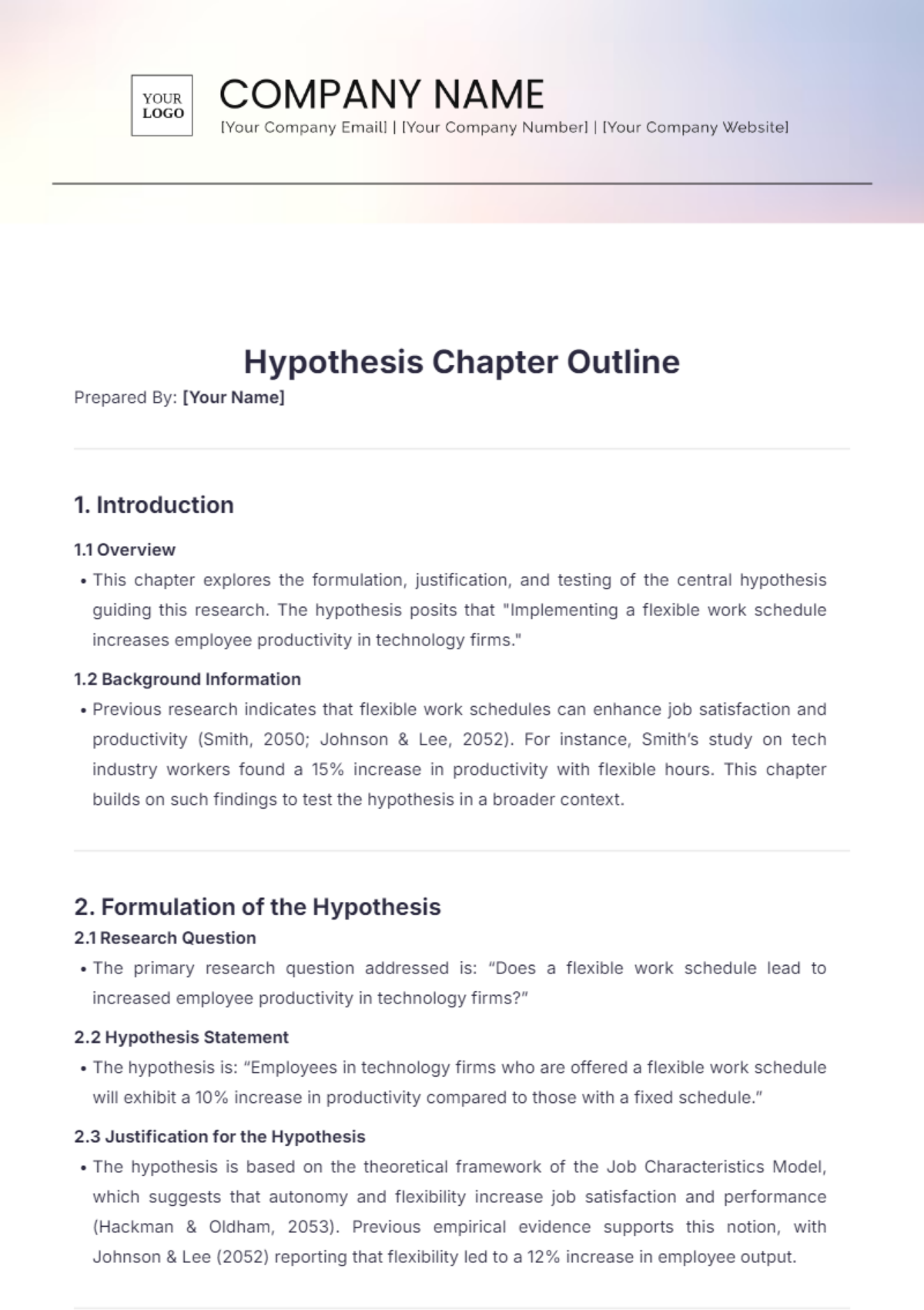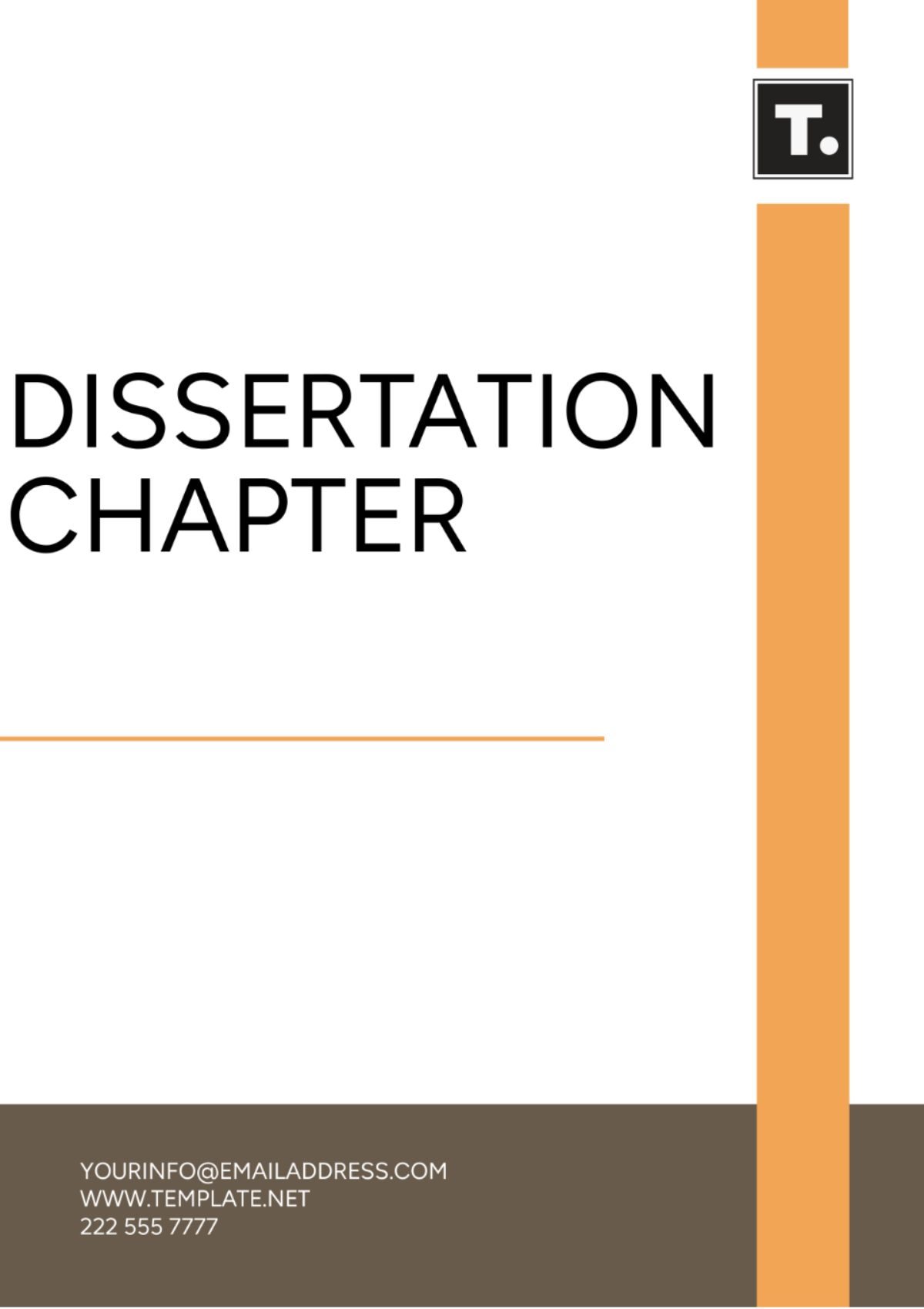Structural Dynamics Chapter Outline
Prepared By: [Your Name]
I. Introduction to Structural Dynamics
Structural dynamics is a crucial field in engineering that studies how structures respond to dynamic loads—forces that vary over time, such as those from earthquakes, wind, and traffic. This area of study ensures that structures can withstand varying conditions and perform safely and efficiently.
II. Basic Concepts and Definitions
A. Degrees of Freedom (DOF)
Degrees of freedom (DOF) indicate the number of independent movements a structural system can exhibit. For instance, a simple beam might have two degrees of freedom: vertical displacement and rotational movement. Understanding DOF is essential for analyzing how a structure will react to dynamic forces.
B. Dynamic Load
Dynamic loads are forces that change with time, contrasting with static loads, which remain constant. Examples include wind gusts and seismic activity. These loads create varying responses in structures, requiring detailed analysis to ensure stability and performance.
C. Natural Frequency
Natural frequency is the rate at which a structure tends to oscillate in the absence of external forces. Each structure has specific natural frequencies, and resonance occurs when external forces match these frequencies, potentially leading to excessive vibrations and failure.
III. Mathematical Modeling of Dynamic Systems
A. Single Degree of Freedom (SDOF) Systems
An SDOF system simplifies a structure to a model with only one independent movement, such as a mass-spring-damper system. This simplification helps in understanding fundamental dynamic response characteristics.
B. Multiple Degrees of Freedom (MDOF) Systems
MDOF systems involve structures with multiple independent movements, such as a multi-story building. Analyzing MDOF systems requires advanced techniques to account for complex interactions between various parts of the structure.
C. Assumptions in Modeling
Common assumptions in dynamic modeling include linearity (where the response is proportional to the applied force) and small deformations (where the structure's stiffness remains relatively unchanged). These assumptions help simplify the analysis but may not always hold in real-world scenarios.
IV. Response Analysis
A. Free Vibration
Free vibration analysis examines how a system oscillates on its own after being displaced. This analysis focuses on the natural frequencies and mode shapes of the system.
B. Forced Vibration
Forced vibration analysis deals with how a structure responds to external forces. It includes various types of loading:
Harmonic Loading: Forces that vary sinusoidally with time, such as regular wind patterns.
Periodic Loading: Forces that repeat at regular intervals, like traffic loads on a bridge.
Transient Loading: Forces that vary in a non-periodic manner, such as a sudden impact.
C. Modal Analysis
Modal analysis is used to study the dynamic response by identifying natural frequencies and mode shapes:
Eigenvalue Problem: Involves solving for natural frequencies and mode shapes using eigenvalues and eigenvectors.
Mode Shapes and Frequencies: Mode shapes describe how the structure deforms at each natural frequency, crucial for predicting how the structure will behave under various dynamic conditions.
V. Numerical Methods in Structural Dynamics
A. Finite Element Method (FEM)
The Finite Element Method (FEM) is a computational technique that divides complex structures into smaller, manageable elements for analysis. This method is particularly useful for structures with irregular shapes or varying material properties.
B. Direct Integration Methods
Direct integration methods solve differential equations of motion in the time domain. Techniques such as the Newmark-beta method and the Runge-Kutta method are used to obtain time-history responses of dynamic systems, allowing for detailed analysis of how structures respond over time.
VI. Experimental Methods in Structural Dynamics
A. Vibration Testing
Vibration testing involves applying controlled forces to a structure and measuring its response to determine its dynamic properties. Common tests include modal testing and impact testing, which help in understanding and validating the structure's dynamic behavior.
B. Data Acquisition and Analysis
Techniques like accelerometers and strain gauges are used to collect data on a structure's vibrations. This data is analyzed to evaluate dynamic behavior and validate numerical models, ensuring that theoretical predictions align with real-world observations.
VII. Applications of Structural Dynamics
A. Earthquake Engineering
In earthquake engineering, structural dynamics principles are used to design structures that can endure seismic forces. Techniques such as base isolation and energy dissipation systems are employed to enhance a structure's earthquake resistance.
B. Wind Engineering
Structural dynamics is applied to analyze and design structures to withstand wind-induced forces. This includes addressing phenomena such as aeroelastic flutter and ensuring that structures remain stable under high wind conditions.
C. Aeroelasticity
Aeroelasticity studies the interaction between aerodynamic forces and structural deformations. This field is vital for designing aircraft and structures subjected to significant wind forces, ensuring that they perform safely and efficiently.
VIII. Advanced Topics in Structural Dynamics
A. Nonlinear Dynamics
Nonlinear dynamics involves analyzing systems where the relationship between forces and displacements is nonlinear. This includes large deformations or material nonlinearities that affect the structure's response in complex ways.
B. Random Vibrations
Random vibrations involve studying structures subjected to random or stochastic loads, such as turbulent wind. Statistical methods are used to predict the structure's response to these unpredictable forces.
C. Structural Health Monitoring
Structural health monitoring techniques involve continuously tracking the integrity of a structure using sensors and data analysis. This approach helps in detecting early signs of damage or deterioration, ensuring timely maintenance and safety.
IX. Summary and Conclusion
Structural dynamics is essential for understanding how structures respond to dynamic loads and ensuring their safety and reliability. By integrating mathematical modeling, numerical methods, experimental techniques, and real-world applications, engineers can design structures that are resilient to dynamic forces, enhancing their performance and longevity.

















































